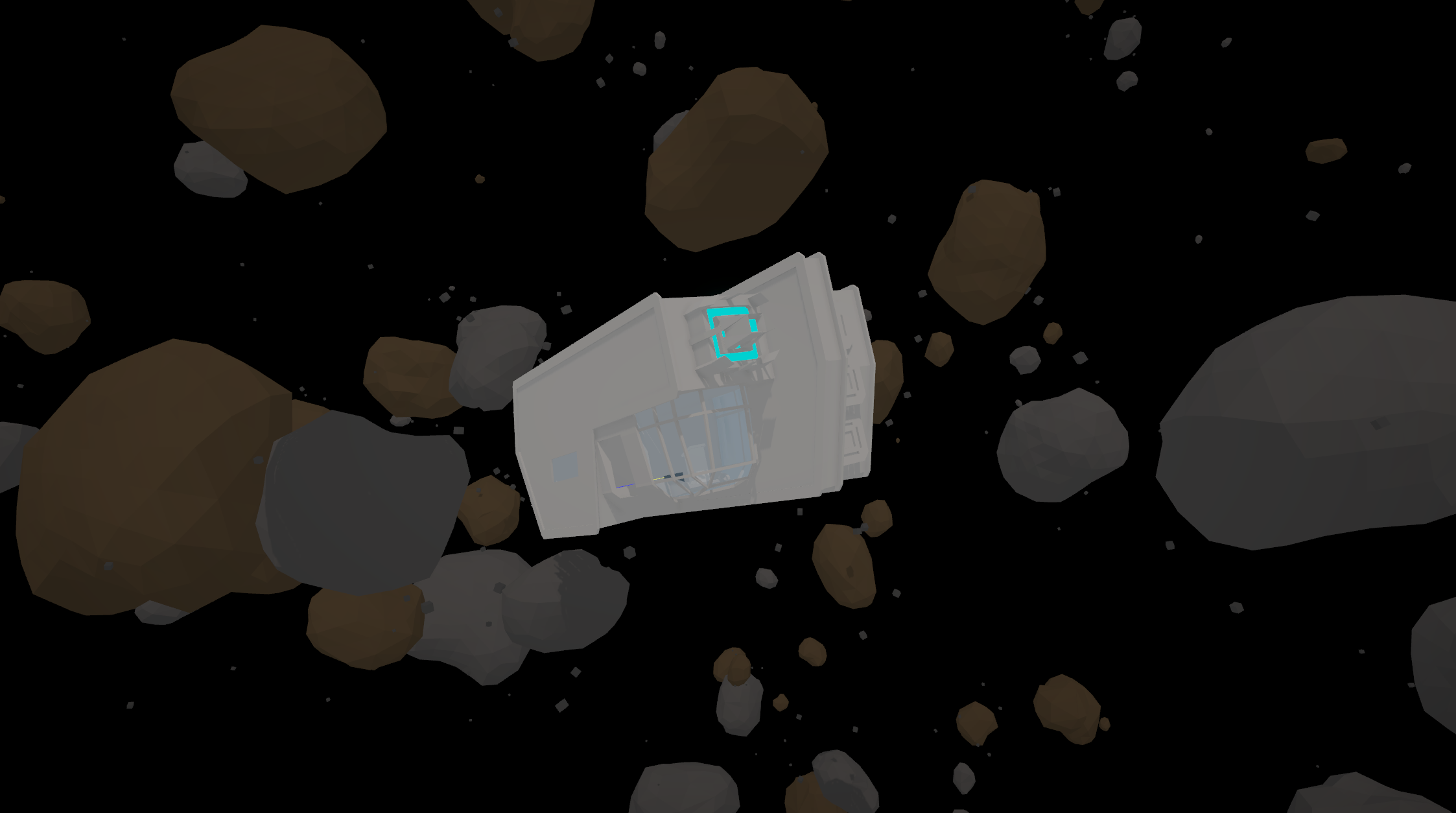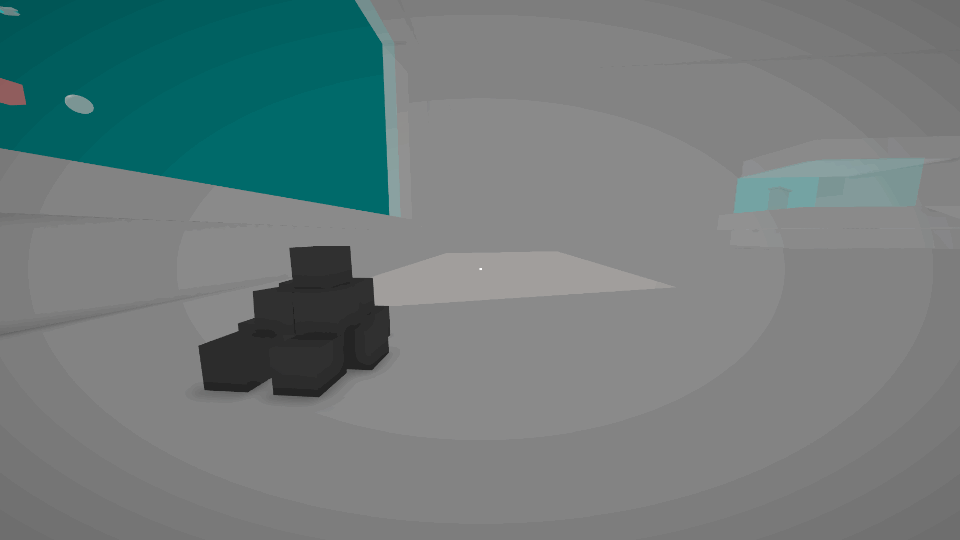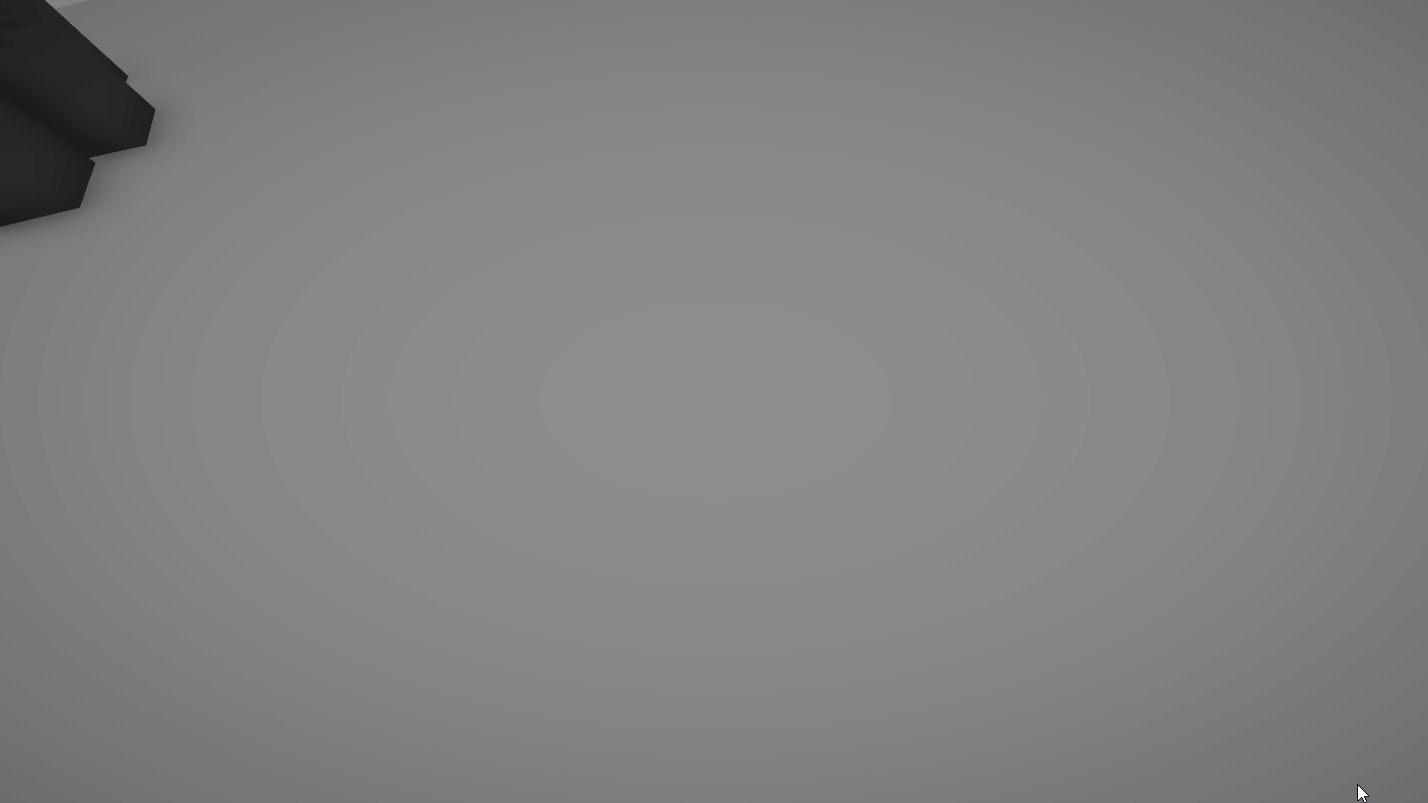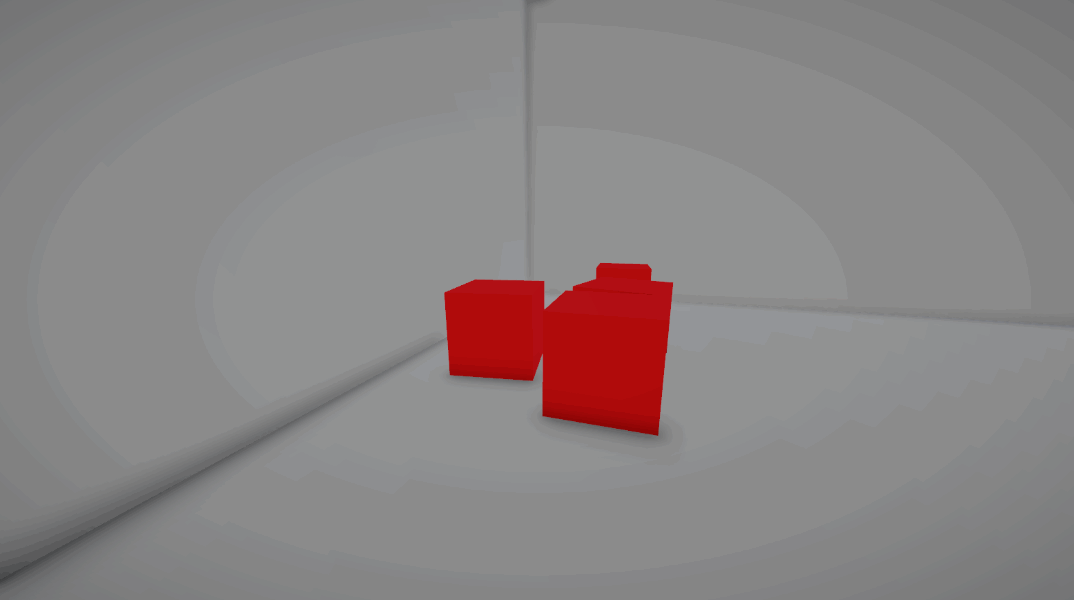9/3/24 - 9/27/24
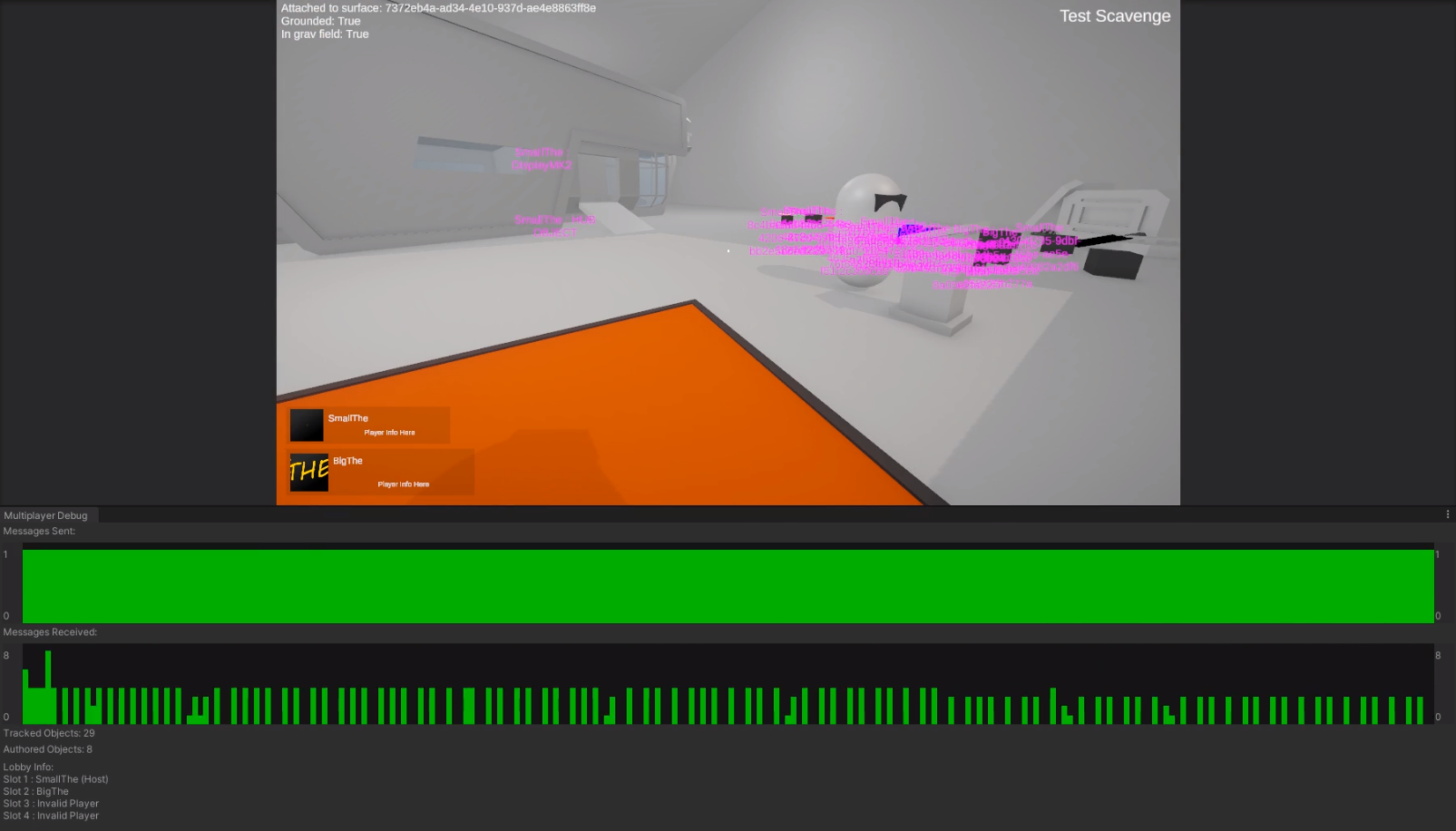
More Multiplayer Debug and Optimization
The multiplayer system has received a substantial internal reworking of how data about the players and lobby is handled, as well as a shifting of all direct references to the Steamworks API out of the main multiplayer code. These changes allow me to keep the platform-specific code out of my generalized management code. Along with these changes, I added a new custom editor window to view current multiplayer information.
Player Weapon and Tool Systems Started
I have started working on the internal systems required for player weapons. Player weapons will support a full customization where the player can add modules to their weapons, changing the stats and behavior of the weapon.
Persistent Data Management
I created a simple generic system that will allow me to save any data I want to a file with ease. Many future systems will be dependent on this system. For debug/development purposes I added a feature to either combine all data into one file or separate each key into its own separate file for easier save manipulation when testing.
